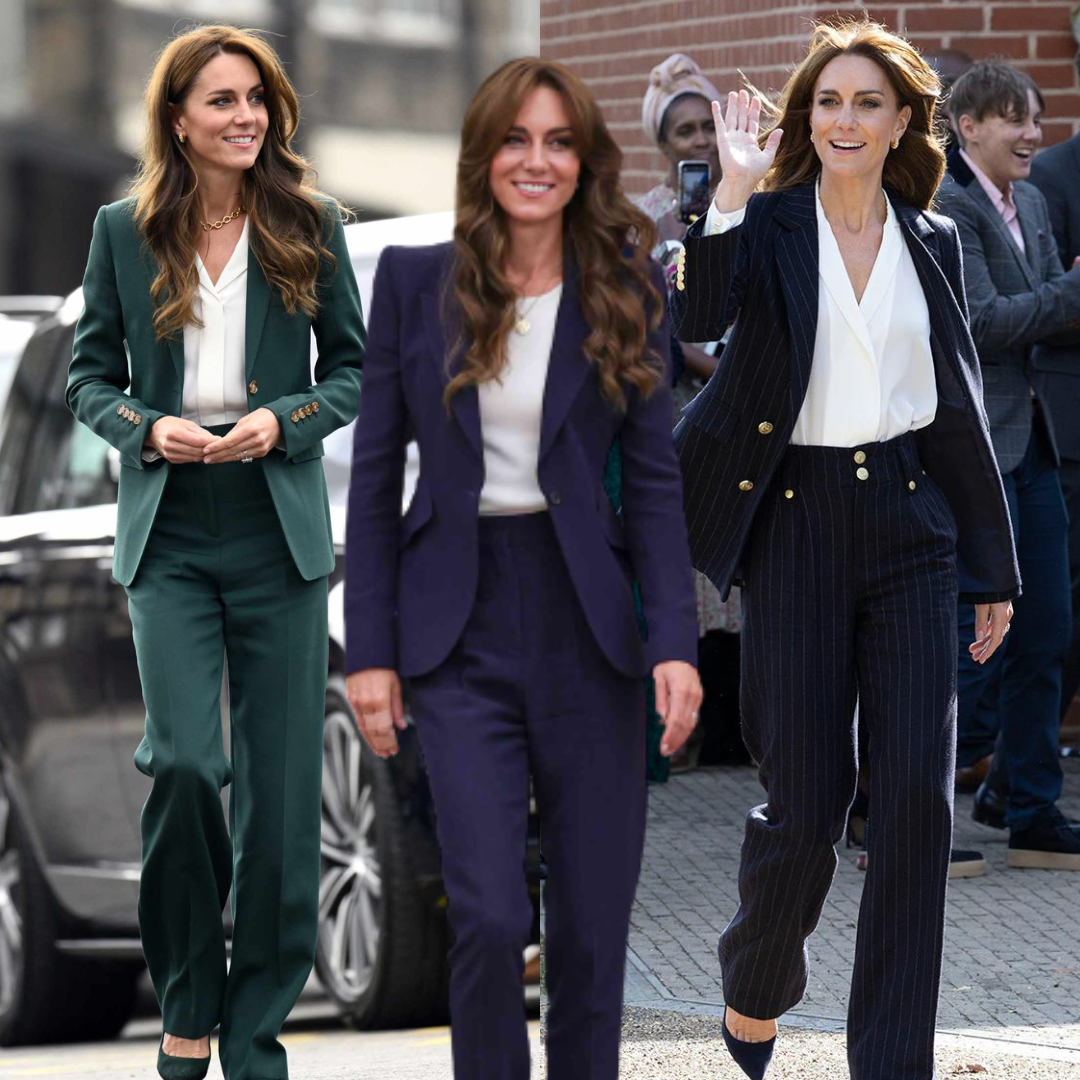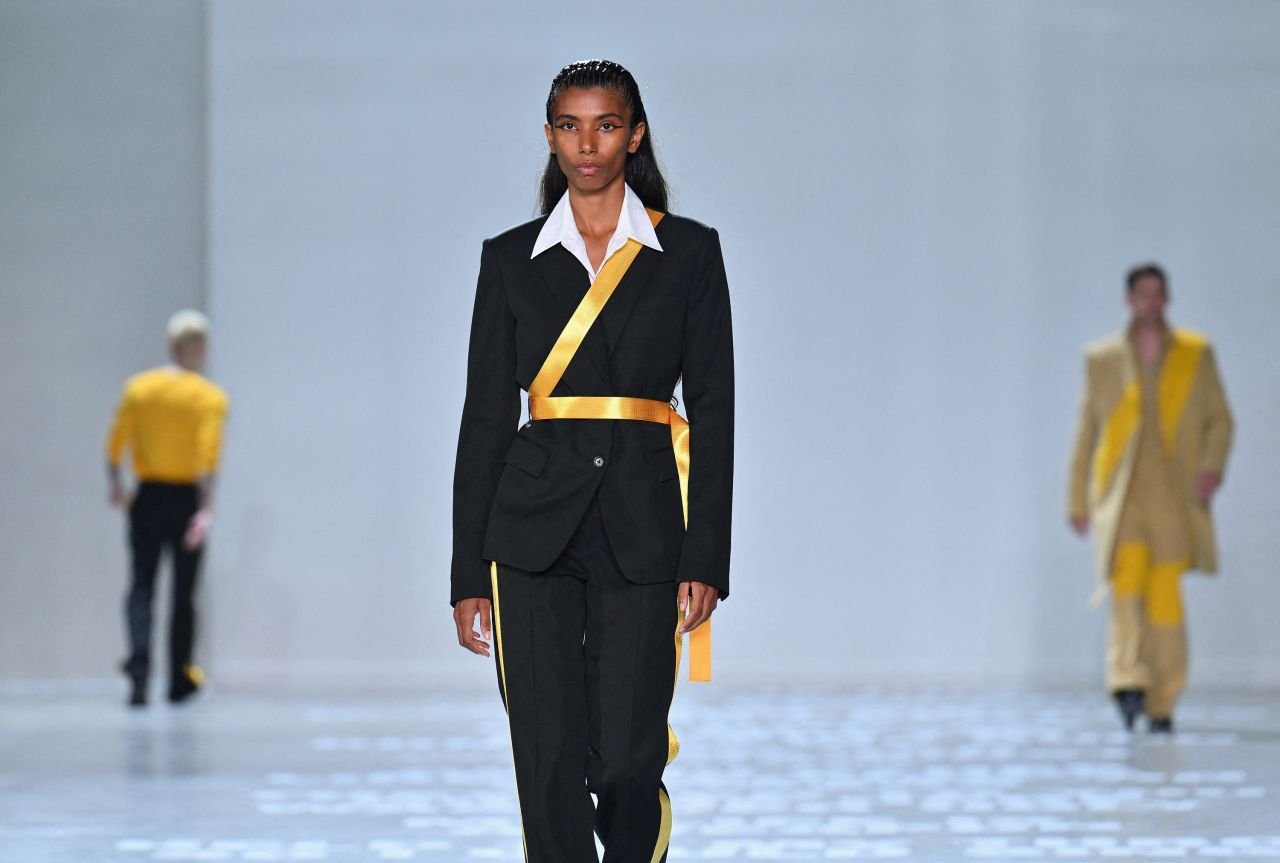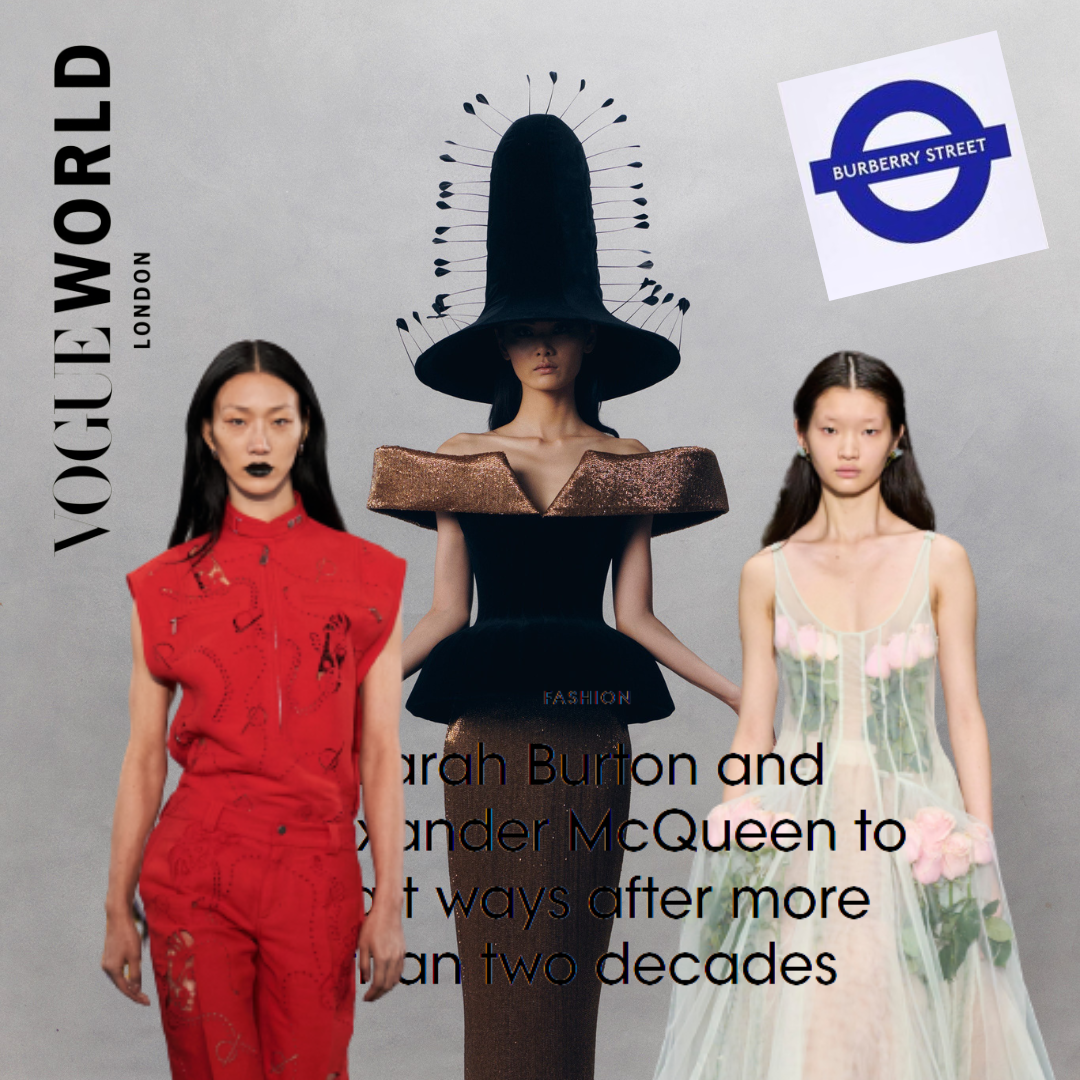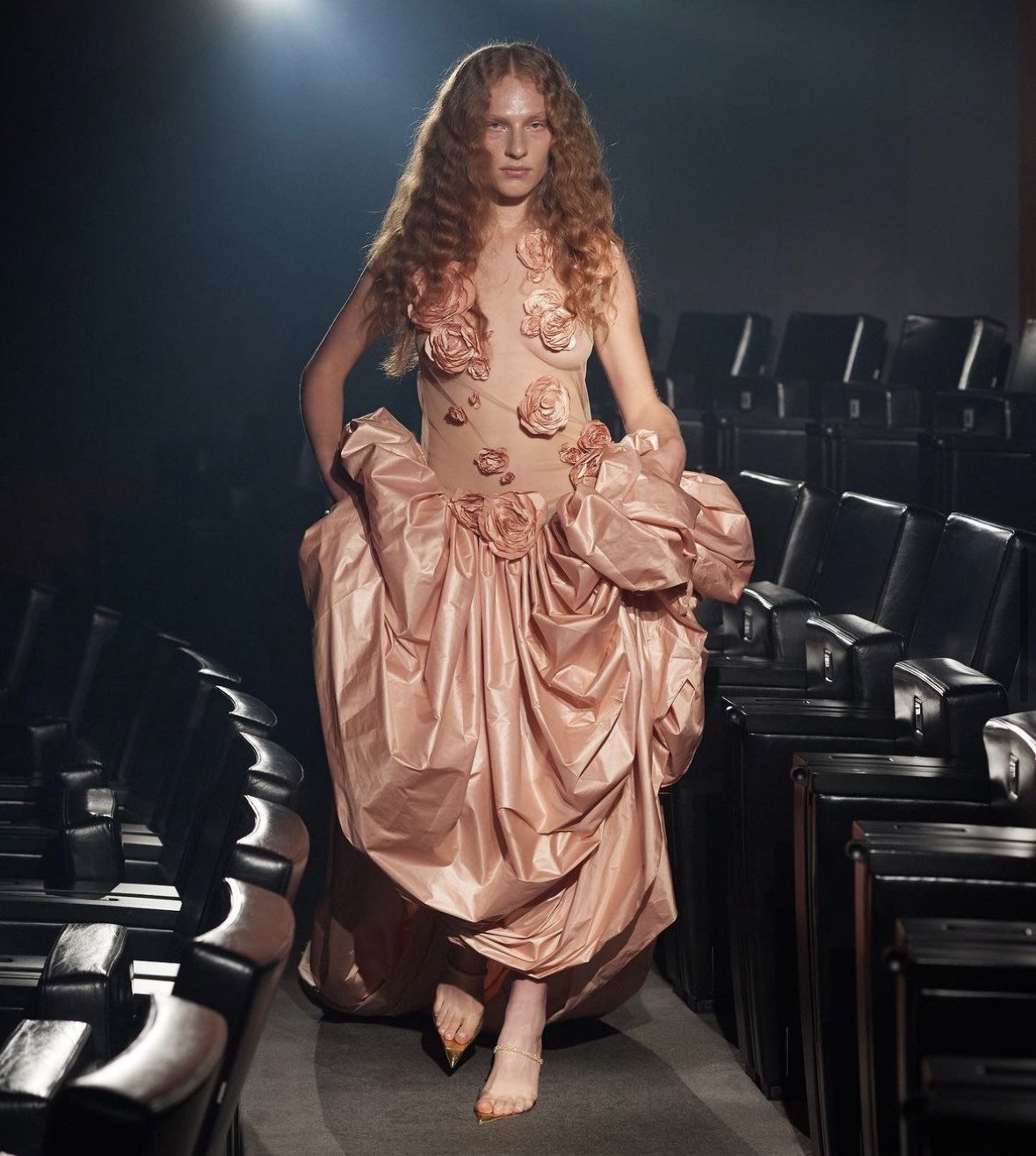My pursuit Of The It Girl (And Why I Let Her Go)
I never felt like one of the cool girls at school or university. Perhaps no one ever truly does. And yet as someone who’s had a love for fashion all my life, I’ve always chased the impossible ideal of the It Girl, at the same time never really knowing what exactly the term meant or why it mattered so much. It is a concept that we all know, and yet its definition is something elusive.
A quick Google search associates the It Girl with beauty, sex appeal, fame, and fashion. Think of Alexa Chung, whose book is simply titled ‘It’, or Kendall Jenner and Gigi Hadid, who are listed as current It Girls in Vanity Fair. The phrase was first used in the 1920s by Elinor Glyn in her book ‘It’, later adapted into a film where the term was applied to both men and women: ‘IT is that quality possessed by some which draws all others with its magnetic force. With IT you win all men if you are a woman — and all women if you are a man.’ Personally, however, I’ve never heard anyone refer to an ‘It Boy’. Today the term is almost exclusively used to describe women and as such, it has become inextricably bound up with expectations of femininity.
‘It’ equates to youth, glowing skin, perfect eyebrows, and the kind of beauty that looks effortless. It means the perfect wardrobe, high fashion brands and a sense of style that does not merely follow trends but creates them. Yet ‘It’ also means whiteness, thinness and upper-class privilege. The It Girl is never old, but eternally young, frozen forever on glossy magazine covers. She can afford clothes from the top fashion houses, she is conventionally beautiful, and she would never outfit-repeat.
I spent all my teenage years chasing this ideal, yet ‘It’ always has been and always will be something impossible. I realise now that I could never have got there, even if I continued to spend my entire life in pursuit. Ultimately the It Girl is a patriarchal construction, perpetuating the notion that some women are simply better than others, whilst simultaneously degrading them into girls rather than women and dehumanising them by association with the inanimate pronoun ‘it’. The It Girl must be wanted by all men, perfectly palatable to the male gaze.
Despite this, most of us who have grown up wanting to be It Girls dream of being defined as such by other women, even more than we desire the label being bestowed by any man. As a woman, I feel like I’m always chasing the perfect personality, aesthetic and style that will allow me to finally grant myself that ever-glowing label: It Girl. It’s the sort of thing that you can imagine hearing in a whisper from one woman to her friend as you pass them on the street, fantastically floating by like an untaintable cloud of perfection whom other women watch in admiration and strive to emulate.
Although I longed for this label among women, I always felt like it was at odds with the rest of my being. I was ‘the clever one’ at school, but I wanted so much to be popular, to be pretty, to be it, that I regularly bargained with the universe in my mind that I’d willingly give up my cleverness to become a fashion girl, even though I was the perfect student who spent all her time reading books or studying in the library. I felt like that part of myself could not coincide with my interest in fashion, and what’s more, I believed that I wasn’t cool enough to care about fashion anyway. It Girls didn’t study for endless hours for tests that didn’t even matter, nor did they look like me. I felt that my olive skin and thick dark hair automatically excluded me from the It world of fashion.
In this way, my internalised misogyny propelled me into a simultaneous hatred and admiration for the It Girls around me. Growing up, the ultimate It Girls graced the covers of glossy magazines and maintained a certain mystique that kept them detached from us as if they existed in some other realm altogether. Yet another version of her also manifested in the girls at school who intimidated me with their beauty and apparent confidence. Now I recognise that my intimidation, which sometimes grew even to a secret hatred of these classmates, is due to the internalised misogyny that is rooted in the notion of the It Girl. Envy for other women is encouraged by the It Girl’s impossible standards - we all strive for them and feel insecure when faced with women who seem to be closer to the ideal than we are.
Taylor Swift’s You Belong With Me became my anthem for justifying my dislike of the girls at school whom I’d deemed cooler than myself. Yet even at 13, I could sense the disjunction within my own identity that the song’s lyrics suggested: I did wear and liked wearing short skirts, and whilst still too young for heels, I liked shoes and style and fashion - all things which society suggested were at odds with my persona as ‘the clever one’ at school. The exclusive and elusive notion of the It Girl shut me out from a world of fashion that I was so excited by, leaving me thinking that a girl like me couldn’t be interested in gloss and glamour.
Collins Dictionary’s definition of the It Girl encapsulates the impossible standards associated with her: ‘she is a rich, usually attractive, young woman who spends most of her time shopping or socialising.’ The It Girl idea is bound up with class privilege, for she must be rich, and her necessary youth contributes to the ageism that sees women over the age of 30 becoming unwanted by the male gaze. White privilege also invades the phenomenon, for the beauty of the It Girl must be conventional, and this means adhering to white beauty standards.
Women who are termed as It Girls must also fight against the notions that they are vapid and materialistic. The label refers only to how a woman appears from the outside, and as such, it comes with a sense of frivolity that promotes the stereotype that fashionable women are less intelligent, that they are naive and shallow shopaholics - the reasons why I used to feel guilty for liking fashion and pursuing the It Girl. The media presented the idea of an intelligent It Girl as an oxymoron: tabloids reduced women like Paris Hilton, Britney Spears and Lindsay Lohan to the dumb blonde stereotype. Taken in by this patriarchal ploy, I told myself I’d give up my good grades if it meant an exchange for ideal beauty. I longed for perfect blonde hair, pale skin, and an infinitely expanding wardrobe of dreams.
Today the It Girl has lost some of her rarity and mystique, for she is now accessible directly through our phone screens, appearing across Instagram in the perfectly curated profiles of a seemingly endless line of influencers. Yet this also means that she is easier to hate, easier to critique and easier to strive to be. Her allure is now harder for young women to escape from.
At the same time, the It Girl today must compete with other models of femininity churned out by social media. Most recently, ‘That Girl’ has become the woman to be. Yet to me, it feels like That Girl is just a remodelling of the It Girl, evolved to suit the current trends of wellness, productivity and hustle culture, which are now all expected of women alongside the old contenders of beauty, youth and outfits to die for. Once more, another vague pronoun is being used to inform entire categories of feminine being, whilst men’s identities aren’t ever required to have a definition or fit into an ideal box.
The notion of the It Girl turns women into beyond-human figures, treating them as flawless ‘Its’ rather than real people, objectifying and dehumanising them, so that once their humanity is revealed or they make a mistake, the media turns on them (think of the vilification of Britney, Taylor Swift, and most recently, Olivia Wilde). Meanwhile, those who don’t fit into the boxes of youth, wealth and whiteness are left trailing behind imperfectly forever. In shattering the It Girl illusion, I want to end my own internalised misogyny and simultaneously set myself free at last from the impossible climb onto the unsettling pedestal that the It Girl phenomenon requires of women.








